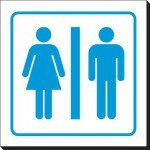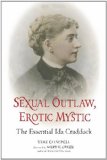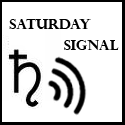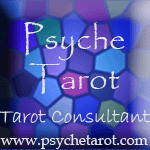 I have to call out Barbara Moore for a recent essay in the Llewellyn Journal titled “Gender and Age in Tarot Cards“.
I have to call out Barbara Moore for a recent essay in the Llewellyn Journal titled “Gender and Age in Tarot Cards“.
Longtime readers can probably guess where this is heading, sexism in occulture is something we’ve looked at before, and in Moore’s essay it rears its ugly head once…more. (Sorry.)
Moore begins by acknowledging that, in her view, tarot is based on archetypes which are “not too many steps removed from stereotypes”, and further, “our” (I’ll deal with this in a sec) “history and our culture [sic] have created stereotypes of masculine and feminine behavior, energy, and characteristics”.
We then get the typical (read: sexist) breakdown of these characteristics:
A female figure represents what we think of as feminine qualities, such as nurturing, passiveness, receptiveness, and integrated worldviews. A male figure represents what we think of as masculine qualities, such as leadership, assertiveness, activeness, and linear thinking. We know that actual men and women have a combination both feminine and masculine qualities.
If you acknowledge upfront that this has no basis in reality, why continue to perpetuate stereotypes? It quite simply doesn’t make any sense.
Further, “our” history and culture also includes things like feminism, gender equality and evolving gender studies. This has had a far greater impact on my life than outdated notions that I should be regarded as (mystically!) passive. To ignore that “our” society’s views on sex and gender have changing significantly over the past two hundred years is a disservice to all of us.
I reject this interpretation of “feminine” and “masculine” qualities in the tarot. If, for example, the Emperor is to represent some of the qualities identified above, such as leadership, assertiveness and linear thinking, I think we can do quite well with this as it stands without introducing some inaccuracy about this being (esoterically!) “male” behaviour.
What is really lost by reading this way? And how much more is gained?

Sexual Outlaw, Erotic Mystic: The Essential Ida Craddock
, written by Vere Chappell, with a forward by Mary K. Greer, will be released in December by Weiser Books.






